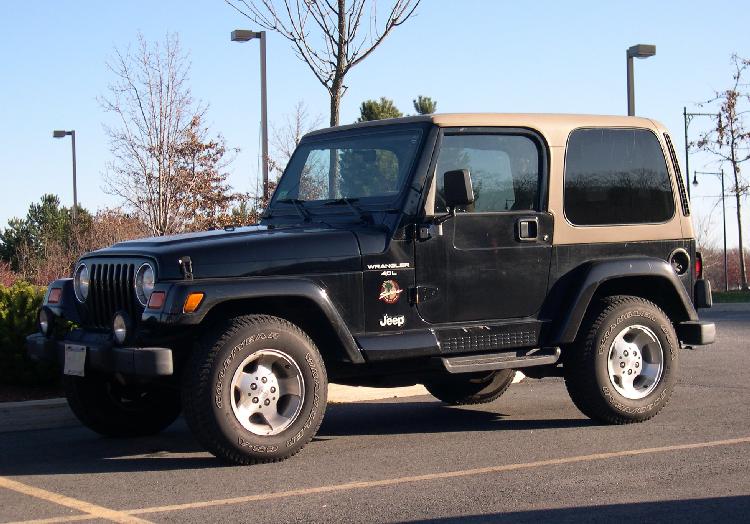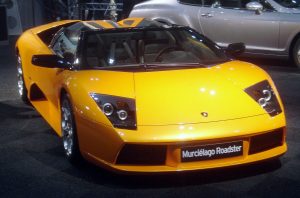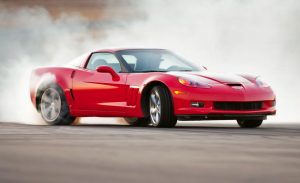Know Your Drivetrain: 4WD vs. AWD vs. Traction Control
What’s the difference between 4WD and AWD? Can traction control replace all-wheel drive? The system that fits your needs will depend on whether you’re looking to do some rock crawling or just want to be safe in bad weather.
Four Wheel Drive vs. All Wheel Drive
To make a car four-wheel drive, designers take a two-wheel drivetrain and add a transfer case between the transmission and driveshaft or half-shafts. This case contains a gear system that can redirect some of the power to a second driveshaft, leading to the normally unpowered axle. The transfer case also has a reduction gear, providing a low range, massive mechanical advantage and precise throttle control for low-speed maneuvers.
Originally, AWD differed from 4WD by their use of viscous coupling and clutch pack systems that reroute power based on driving conditions; these have gradually made their way to 4WD systems, making the inclusion of a low-range gear the difference between the two.
The power that goes to each axle can be varied in order to change the handling characteristics of the car: a front-biased system will handle like a front-wheel drive car, and a rear-biased system like a rear-wheel drive car.
Locking Differentials
Off-road-centric 4WD systems have locking differentials, forcing power to be evenly distributed to each side of the output whether it’s the front and back driveshafts in the center differential or the left and right wheels in the axle differentials. This provides less slip off-road, but because the inside and outside wheels must travel at different speeds when turning, they can cause the wheels to lose traction on pavement.
“Through the Road” All-Wheel Drive
This is a new type of hybrid powertrain-based AWD that uses an engine to power one axle and electric motors to power the other axle. This reduces drivetrain complexity and weight while maintaining the traction advantages of AWD. Since the electric motors are engaged only on launch and during wheel slip, these vehicles’ handling characteristics are strongly biased toward the engine’s drive axle.
Here is a post we wrote about a while back, on the Best SUV’s and AWD’s for Winter.
Traction Control
AWD and 4WD systems help the car move forward, but traction control can also improve braking and handling. When wheel slip is detected, the system activates the brakes and reduces throttle to retain grip. This works so well that the National Highway Traffic Safety Administration estimates that 35 percent of crashes can be prevented by traction and stability control systems.
Traction control can also improve AWD and 4WD. Hill descent systems use braking to replace low-speed transfer cases while torque vectoring improves handling by varying power to each wheel to push the vehicle through turns.










That is really cool that a four-wheel drive car can redirect power to a second drive shaft. That is something I would want to have for my truck. Maybe that is something I should look for when getting a truck. https://www.wangaraautomatictransmission.com.au/quality-services
so after reading this that must mean a hybrid is one of very few vehicles that is truly 4 wheel drive?